Advertisement
Radiolight
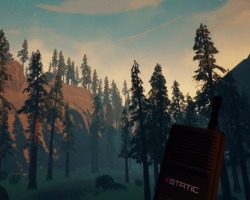
Radiolight is an exploration-based game where progress depends on interpreting sound frequencies and manipulating light. The player explores vast, quiet spaces while using a scanning device to detect invisible signals hidden in the environment. Instead of clear directions or visual markers, the world communicates through vibration, distortion, and resonance. Every area contains traces of lost transmissions that, when discovered, reveal new information about the setting. Radiolight replaces action-driven gameplay with careful observation, making perception the main skill required to advance.
Gameplay Concept
In Radiolight, players carry a compact instrument capable of sending light pulses and receiving radio feedback. The goal is to identify stable frequencies within the noise and use them to uncover pathways or recorded messages. Adjusting the device’s settings changes the way light interacts with surrounding objects, creating momentary flashes that expose hidden surfaces. The game has no map or compass; navigation relies entirely on listening to pitch variations and visualizing their rhythm. The deeper the player moves through the landscape, the more complex the interference patterns become, requiring more precise tuning.
System Overview
Radiolight organizes its gameplay around several interconnected features:
- Signal mapping that converts sound intensity into visual feedback
- Light projection to reveal invisible structures and boundaries
- Frequency calibration to unlock encoded messages
- Non-linear progression based on exploration rather than objectives
These mechanics give the player freedom to explore without predefined stages. Each discovery leads naturally to the next, guided by environmental cues. Instead of score or time limits, the game measures success by how effectively the player reads and responds to the world’s feedback.
Exploration And Storytelling
The narrative unfolds indirectly through recovered transmissions and echoes embedded in the terrain. Each decoded signal adds fragments of history, forming a timeline of events that the player must piece together. The world itself functions as a data archive, its silence broken only by the faint hum of frequencies waiting to be restored. The more signals identified, the more the environment transforms—lights brighten, static clears, and new patterns emerge, revealing a deeper layer of meaning.
Radiolight transforms the act of exploration into a process of decoding. Its focus on frequency, rhythm, and light turns ordinary navigation into analysis and discovery. By removing dialogue and traditional objectives, it emphasizes curiosity and awareness as the driving forces of play. Radiolight demonstrates how sound and visual feedback can replace conventional storytelling, creating a meditative form of interaction built entirely on perception.
Advertisement





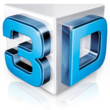








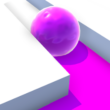
















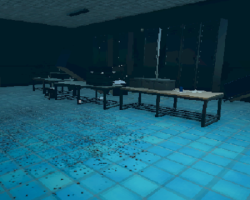
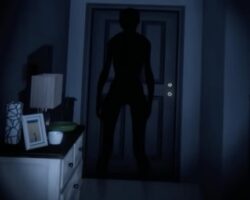
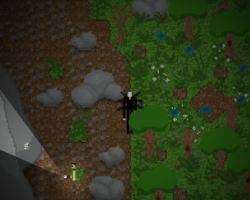
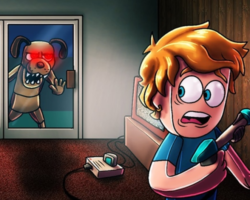





























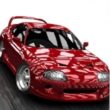








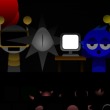












Comments